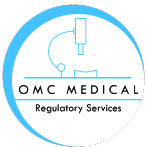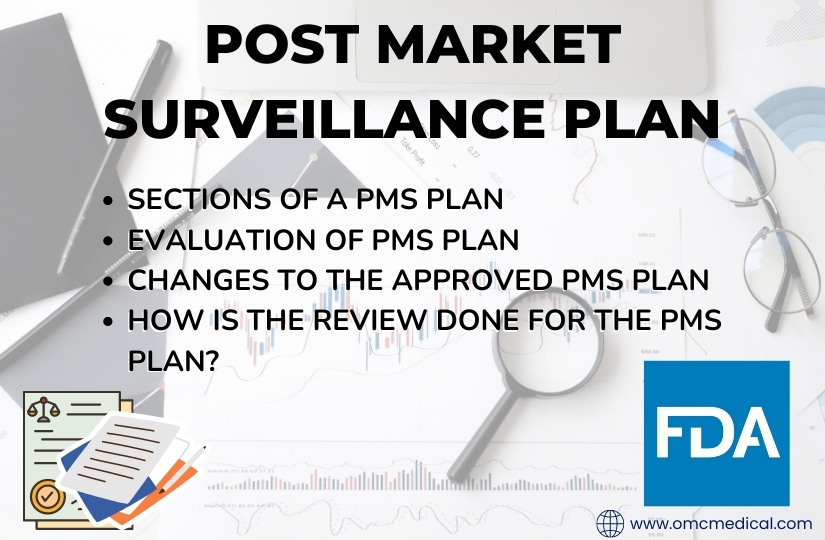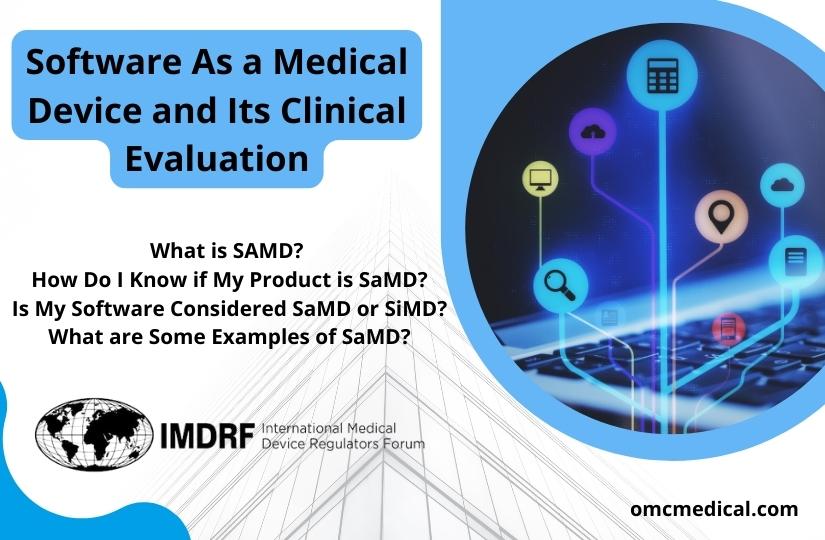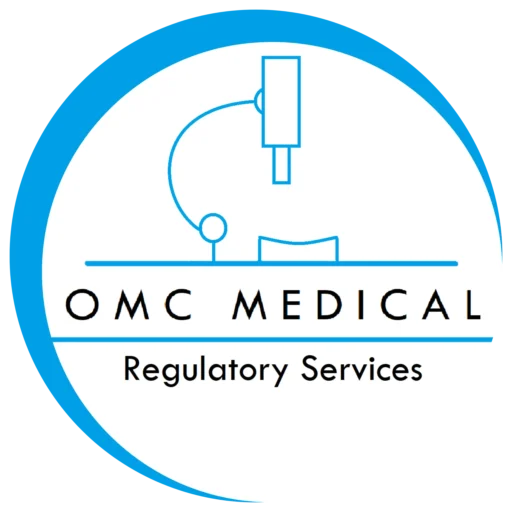FDA Post-Market Surveillance (PMS) is a regulatory requirement under 21 CFR Part 822, designed to ensure the long-term safety and effectiveness of medical devices after they have been released into the market. It helps manufacturers identify potential risks, track real-world device performance, and take necessary corrective actions to maintain compliance with FDA PMS regulations.
What is FDA Post-Market Surveillance (PMS) for Medical Devices?
FDA PMS refers to the systematic monitoring of medical devices once they are available to patients and healthcare providers. It helps detect adverse events, product malfunctions, and unexpected risks, ensuring continuous regulatory oversight.
The FDA post-market surveillance medical device requirements apply to:
✔ High-risk (Class II & III) devices
✔ Implantable medical devices
✔ Life-sustaining/life-supporting devices
✔ Devices with emerging safety concerns
Regulatory Framework for FDA PMS
📌 21 CFR Part 822 – Post-Market Surveillance for Medical Devices
📌 21 CFR Part 803 – Medical Device Reporting (MDR)
📌 21 CFR Part 806 – Device Recalls & Corrective Actions
📌 21 CFR Part 820 – Quality System Regulation (QSR)
FDA Post-Market Surveillance Process
Step 1: FDA Issues a PMS Order (522 Order)
The FDA determines whether a medical device requires additional post-market data and issues a 522 Order for PMS.
Step 2: Manufacturer Submits a PMS Plan
Manufacturers must submit a detailed PMS plan within 30 days of receiving the FDA PMS order.
Step 3: FDA Reviews the PMS Plan
The FDA evaluates the plan within 60 days and may:
✅ Approve the PMS plan
❌ Issue a Major Deficiency Letter for necessary modifications
❌ Disapprove the PMS plan if it does not meet regulatory requirements
Step 4: Data Collection & Monitoring
Manufacturers collect real-world data through:
🔹 Medical Device Reporting (MDR)
🔹 Post-market clinical studies
🔹 Device registries & complaint tracking
🔹 Adverse event monitoring
Step 5: Risk Analysis & Corrective Actions
FDA post-market surveillance medical device requirements mandate manufacturers to:
✅ Analyze adverse event trends
✅ Implement Corrective and Preventive Actions (CAPA)
✅ Conduct Field Safety Corrective Actions (FSCA) if needed
Step 6: FDA Compliance & Reporting
Manufacturers must submit Periodic Summary Reports (PSR) and Post-Market Study Reports to the FDA based on surveillance findings.
How to Create an FDA-Compliant PMS Plan?
A well-structured FDA PMS plan includes:
📌 1. PMS Objectives
Define the purpose of post-market surveillance and key safety concerns to be addressed.
📌 2. Data Collection & Monitoring Methods
Specify how safety data will be collected, including:
✅ Clinical follow-ups
✅ Complaint & failure analysis
✅ Adverse event reporting systems
📌 3. Risk Assessment & CAPA Implementation
Establish a risk management framework to track safety concerns and implement corrective actions when necessary.
📌 4. Reporting & FDA Compliance
Outline the timeline for submitting safety reports to the FDA, including:
🔹 Medical Device Reports (MDRs)
🔹 Periodic Safety Reports (PSR)
🔹 Post-Market Study Results
📌 5. Continuous Improvement & Plan Updates
Ensure ongoing monitoring and adapt the PMS plan based on new safety findings.
These data can show unanticipated adverse events, the actual frequency of anticipated adverse events, or other details important for public health protection.
Sections of a Post Market Surveillance Plan
The following sections must be included in a PMS plan. These sections are outlined in 21 CFR 822.10.
- PMS plan objectives addressing surveillance questions
- The surveillance approach, i.e., the design or methodology used
- Variables and endpoints used to answer the surveillance questions
- Subject of study
- Sample size
- Description of data source and its relevance
- Description of the data collection plan
- Data collection forms, informed consent forms and Institutional Review Board
(IRB) approval or IRB exemption documentation, where applicable
- Patient follow-up plan or schedule
- All data analysis and statistical tests planned
- Investigators agreement
- Procedures for monitoring the conduct and progress of the surveillance,28 and estimate of the duration of the surveillance
- Content and timing of PMS reports
In addition to the above, FDA also recommends the following:
- An interim data release plan which includes the frequency of interim analyses, type of analysis, data endpoints that will be assessed, content and frequency of posting on the FDA page for post-market surveillance.
- Background on the device, including device description, indications of use and regulatory history.
Changes to the Approved PMS plan
Manufacturers must get FDA clearance in writing before making changes to approved post-market surveillance plans if those changes would impact the nature or validity of the data gathered. These changes could be changes to sample size, endpoints and so on
It is not recommended for a manufacturer to combine their surveillance approach along with any 522 reports, but instead should include the request in a supplement to the PS order number (PS######) with the updated post-market surveillance plan for FDA review.
Conclusion
Implementing a robust FDA Post-Market Surveillance (PMS) plan is essential for ensuring the safety, effectiveness, and regulatory compliance of medical devices. By continuously monitoring device performance, tracking adverse events, and taking corrective actions when necessary, manufacturers can minimize risks, improve patient safety, and maintain FDA compliance.
At OMC, we specialize in helping medical device manufacturers develop FDA-compliant PMS plans, ensuring seamless regulatory approval and market success. Whether you need assistance with post-market clinical studies, adverse event reporting, or regulatory submissions, our expert team is here to guide you every step of the way.
📞 Contact us today to ensure your medical device meets FDA post-market surveillance requirements.







